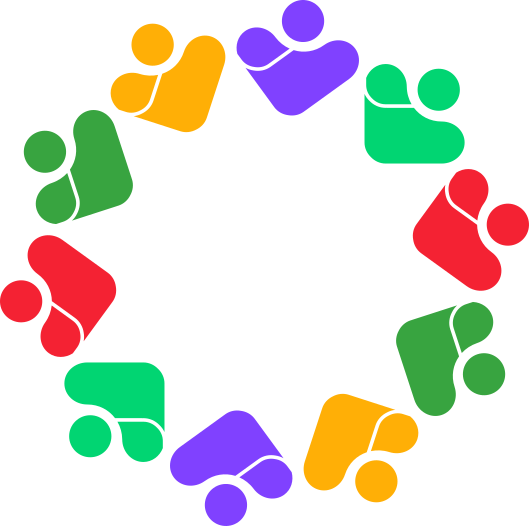Welcome, curious minds, to a journey that explores the fascinating world of learning styles! In the dynamic realm of education, we encounter a diverse array of students, each with their unique approach to acquiring knowledge. Today, we unravel the mysteries of learning styles, delve into various methods of learning, and discuss how to identify these styles in students. So, buckle up as we embark on a quest to enhance education by understanding the intricacies of individual learning preferences.
Understanding Learning Styles
Learning styles refer to the diverse ways in which individuals absorb, process, and retain information. No two minds are alike, and recognising and respecting these differences can significantly impact educational outcomes. Research suggests that individuals often have a dominant learning style, and understanding this preference can lead to more effective teaching and learning experiences.
Known Learning Styles
Several models categorise learning styles, each offering unique insights into how students best grasp information. The VARK model, for example, identifies four primary learning styles:
Visual Learners: These individuals prefer to process information through images, charts, and graphs. Visual learners benefit from visual aids and enjoy creating mind maps or diagrams to enhance their understanding.
Auditory Learners: Auditory learners grasp information best through spoken words. They may prefer discussions, lectures, or listening to audio recordings. These individuals often benefit from group activities and verbal explanations.
Read/Write Learners: Read/write learners thrive on written words. They prefer traditional learning methods like reading books, taking notes, and engaging in written exercises. This group often excels in written assessments.
Kinesthetic Learners: Kinesthetic learners learn best through hands-on experiences and physical activities. They enjoy interactive tasks, experiments, and role-playing to comprehend and internalise information.
Learning Methods
Now that we’ve scratched the surface of learning styles, let’s dive into the various learning methods that cater to these diverse preferences:
Visual Methods: Incorporate visuals such as charts, graphs, infographics, and videos into lessons. Utilise whiteboards and encourage students to create visual representations of concepts.
Auditory Methods: Engage in discussions, debates, and group activities. Incorporate podcasts, audiobooks, and verbal explanations to appeal to auditory learners.
Read/Write Methods: Encourage reading assignments, note-taking, and written reflections. Implement activities that involve writing, such as essays, reports, and journaling.
Kinesthetic Methods: Integrate hands-on activities, experiments, and interactive projects. Allow for movement in the classroom and provide opportunities for physical engagement.
Identifying Students’ Learning Styles
Recognising and understanding the learning styles of your students can be a game-changer in the educational landscape. Here are some effective strategies to identify these preferences:
Observation: Pay attention to how students naturally engage with information. Do they doodle during lectures (indicating a visual preference) or fidget and move around (suggesting a kinesthetic preference)?
Surveys and Questionnaires: Administer learning-style surveys or questionnaires to students. The results can provide valuable insights into their preferred learning methods.
Classroom Interactions: Encourage open communication and discussions. Observe how students contribute to group activities and the language they use to express themselves, as this can indicate their learning style.
Feedback and Reflection: Regularly seek feedback from students about the effectiveness of different teaching methods. Encourage self-reflection on their learning experiences to help them understand their own preferences.
Learning Styles vs. Learning Strategies
Before we wrap up, let’s address a common point of confusion: the difference between learning styles and learning strategies. While learning styles refer to the preferred way individuals absorb information, learning strategies are the approaches or methods they use to enhance their learning experience. In other words, learning styles are about how you like to learn, while learning strategies are about how you choose to learn.
Conclusion
In the vast landscape of education, acknowledging and embracing the diversity of learning styles can pave the way for a more inclusive and effective teaching environment. By tailoring our approaches to accommodate visual, auditory, read/write, and kinesthetic learners, we unlock the full potential of every student.
In the ever-expanding landscape of educational theory, neurodiversity is a concept gaining momentum. It emphasises embracing the variety of neurological differences among students, challenging traditional notions of ‘normal’ learning. Neurodiversity encourages educators to recognise and accommodate diverse cognitive processes, fostering an inclusive environment where every mind, regardless of its unique wiring, can thrive. By understanding and respecting neurological differences, we pave the way for innovative teaching approaches that cater to a broad spectrum of learners. As we navigate this intellectual frontier, let’s celebrate the richness of neurodiversity, ensuring that education becomes a space where every cognitive hue is valued and nurtured.
As we conclude this exploration, remember that the key to nurturing individual growth lies in recognising that there is no one-size-fits-all approach to learning. If you’re eager to delve deeper into the world of education and discover personalised learning experiences, check out Open Minds Campus for resources and insights that cater to various learning styles. Happy learning!



